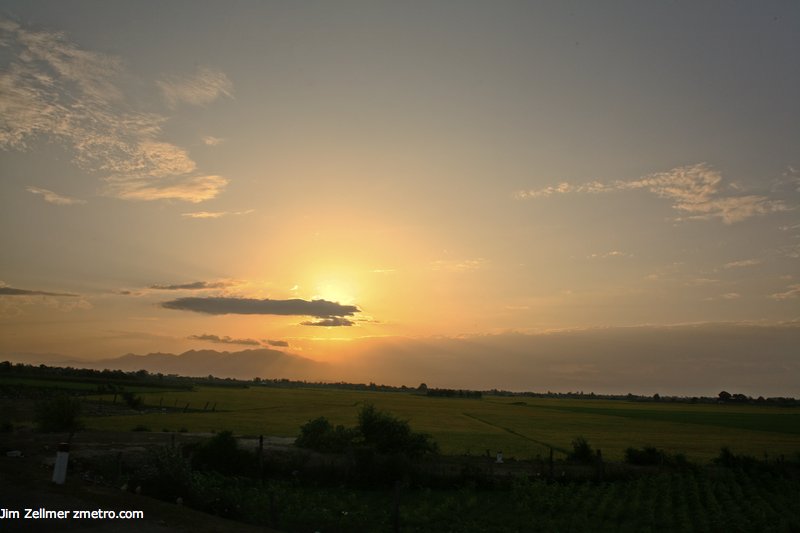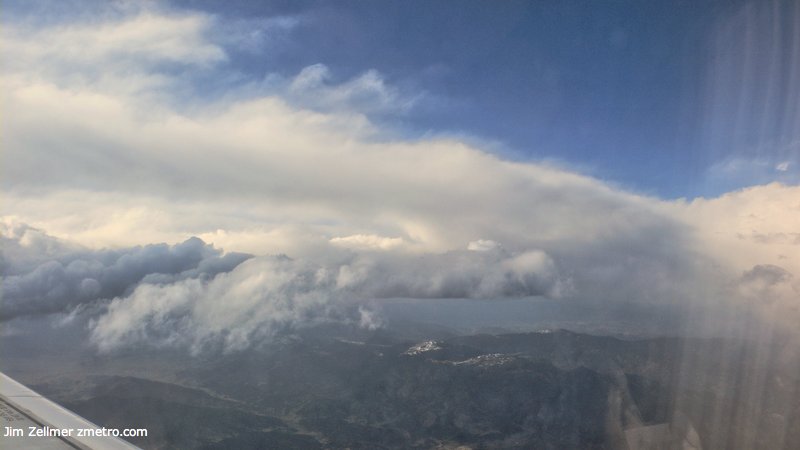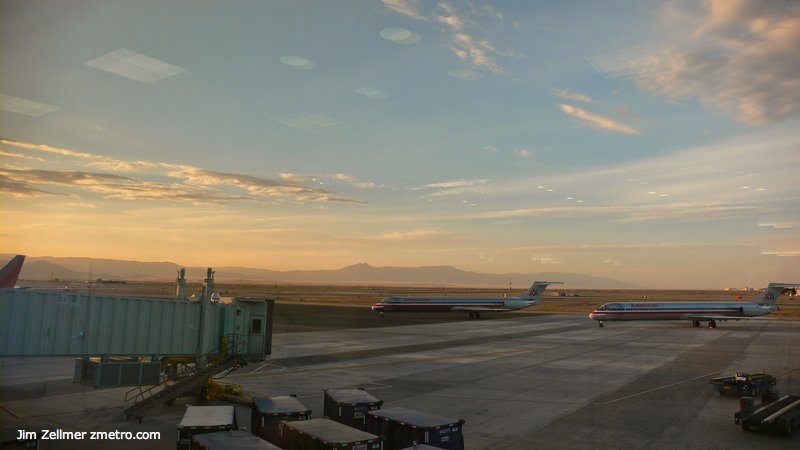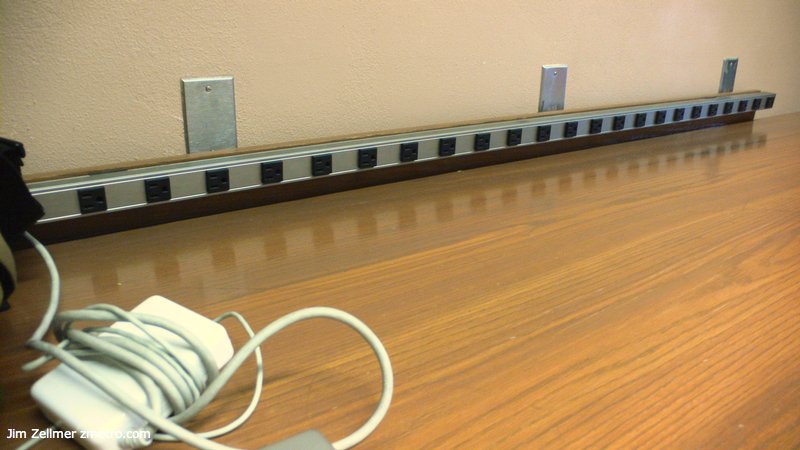Communist Vietnam is set to become the latest country in Asia to embrace Las Vegas-style casinos, with a Canadian property developer planning to break ground Saturday on the first phase of a $4.5 billion casino-resort project on the nation’s southern coast.
The project, called Ho Tram, will be the biggest foreign investment to date in Vietnam, said Michael Aymong, chairman of Toronto-based Asian Coast Development Ltd., the project’s lead investor, with a 30% stake. Its main partner in the project is New York hedge fund Harbinger Capital LLC, which has a 25% share.
The initial phase will cost $1.3 billion and consist of two five-star hotels with a combined 2,300 rooms and a casino with approximately 90 gambling tables, 500 slot machines and an area for VIP customers. When completed in 2015, the resort will comprise five hotels with 9,000 rooms and a second casino, Mr. Aymong said.
Ho Tram also will target vacationing families, with features including an 18-hole golf course designed by Greg Norman, a Cirque du Soleil theater, and a site for guests to swim with dolphins.
“It’s a needed project in Vietnam” that, in spite of the country’s poor infrastructure, will be able to “effectively compete” with integrated resorts in neighboring China, Malaysia and Singapore, Mr. Aymong said
Susan Spano offers another perspective after a recent visit.
The photo was taken on Highway 1 several hundred kilometers northeast of Ho Chi Minh City (Saigon).



